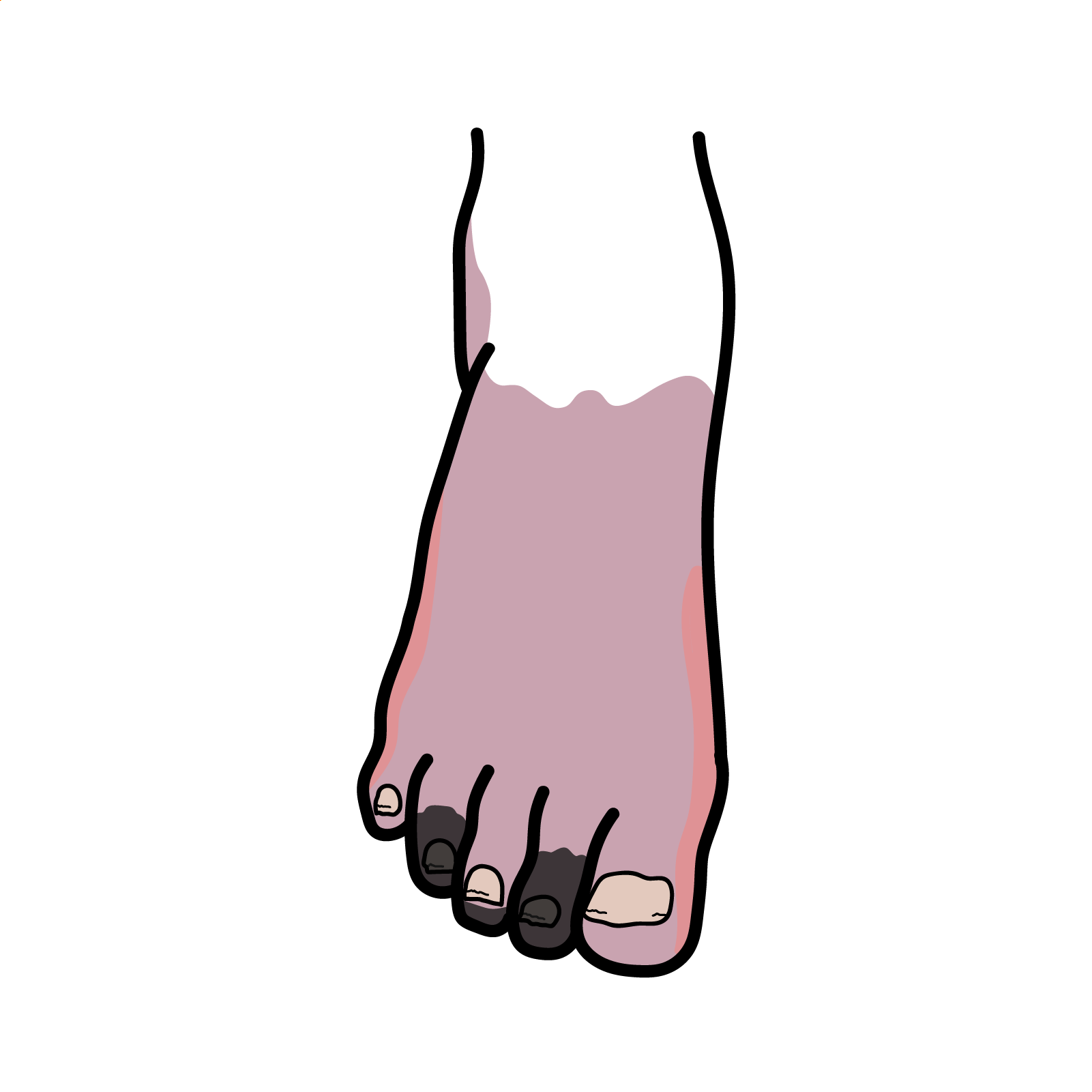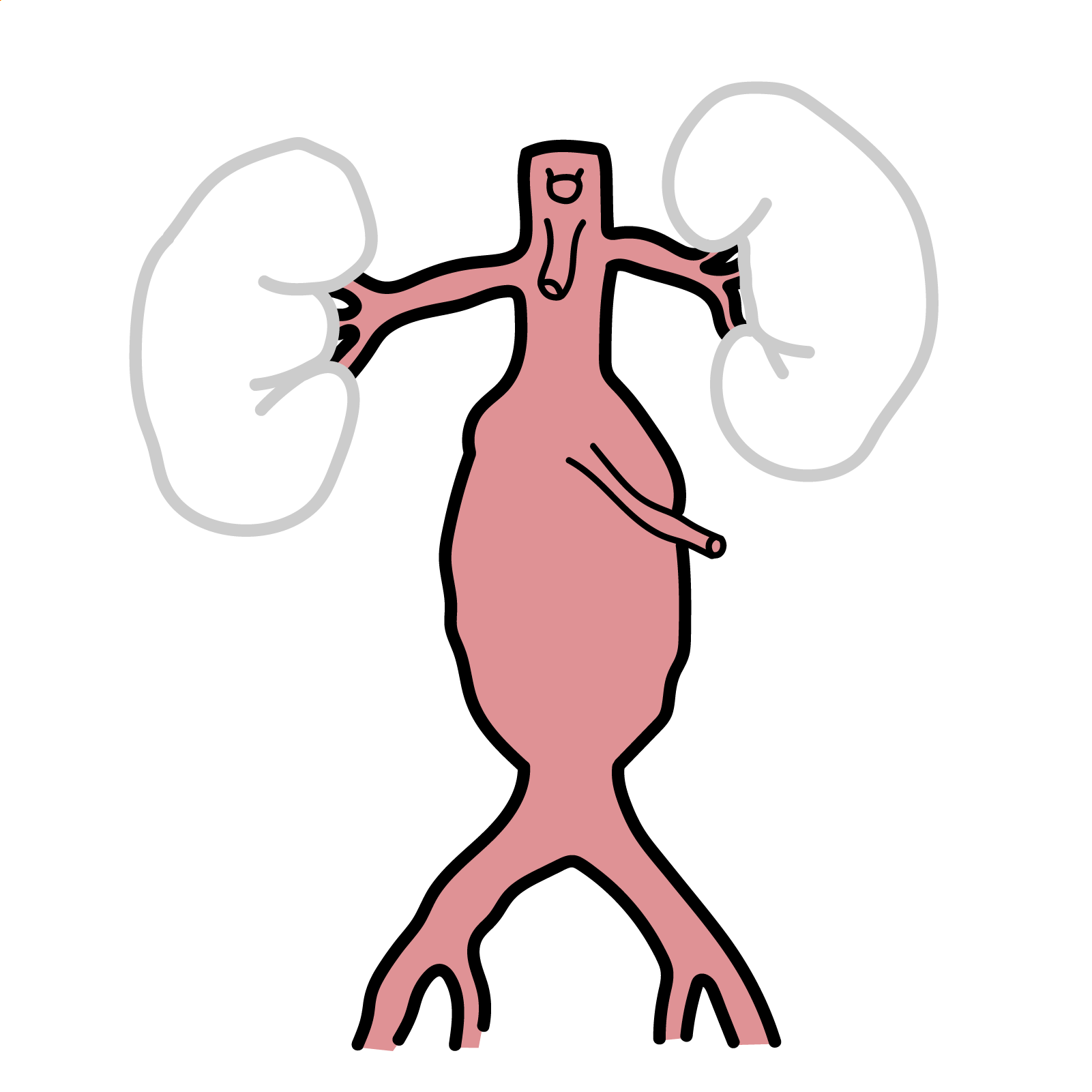
Chronic Lower Limb Ischaemia: Intermittent Claudication
Vascular Surgery

The prevalence of AAA sharply increases with age. Rupture is associated with a high mortality. Screening men over the age of 65 years reduces aneurysm related mortality. Patients diagnosed with small AAA should have ongoing surveillance with ultrasound and cardiovascular risk factor modification, and may be referred to a vascular surgeon for counselling about management options. Patients with indications for AAA repair should be referred promptly to a vascular surgeon.
Aneurysm: an artery that has enlarged to greater than 1.5 times the expected diameter.
True Aneurysm: The aneurysm is bound by all three layers of the vessel wall (intima, media and adventitia). The wall may be attenuated.
False Aneurysm: Occurs when a blood vessel wall is injured, and the blood is contained by the surrounding tissues creating an apparent dilatation of vessel.
Aortic dissection: occurs when a tear in the tunica intima of the aorta causes blood to flow between the layers of the wall of the aorta, forcing the layers apart.
Classical Presentation
Asymptomatic – 75%
Symptomatic
Rupture
75% patients with ruptured AAA do not make it to hospital.
Investigation
Management of AAA is prevention
| Indications for AAA repair |
| Male with AAA >5.5 cm |
| Female with AAA >5.0 cm |
| Rapid growth >1.0 cm/year |
| Symptomatic AAA (abdominal/back pain/tenderness, distal embolisation) |
Ruptured AAA management
Overall mortality of 80–90%. Rupture into the peritoneal cavity is usually rapidly fatal, whereas retroperitoneal rupture may transiently stabilise, providing a window of opportunity for lifesaving intervention. Patients should be transported to a vascular surgical centre immediately, and hypotensive resuscitation instituted to prevent excessive blood loss. Nevertheless, the majority of patients die before arrival at a surgical centre.
Mortality with open repair for ruptured AAA has stabilised at 30–40%
Clinical Presentation and Examination
Management
Open repair involves replacement of the diseased aortic segment with a tube or bifurcated prosthetic graft, through a midline abdominal or retroperitoneal incision.
Prevention
| AAA diameter (cm) | Rupture risk (%/year) |
|---|---|
| 3.0–3.9 | 0% |
| 4.0–4.9 | 1% |
| 5.0–5.9 | 1–10% |
| 6.0–6.9 | 10–22% |
| >7.0 | 30–50% |
| AAA diameter (cm) | Surveillance interval (months) |
|---|---|
| 3.0–3.9 | 24 |
| 4.0–4.5 | 12 |
| 4.6–5.0 | 6 |
| >5.0 | 3 |
Robinson, D., Mees, B., Verhagen, H., & Chuen, J. (2013). Aortic aneurysms Screening, surveillance and referral. RACGP. 42 (6). 365-369.
UpToDate
Best Practice

Discussion